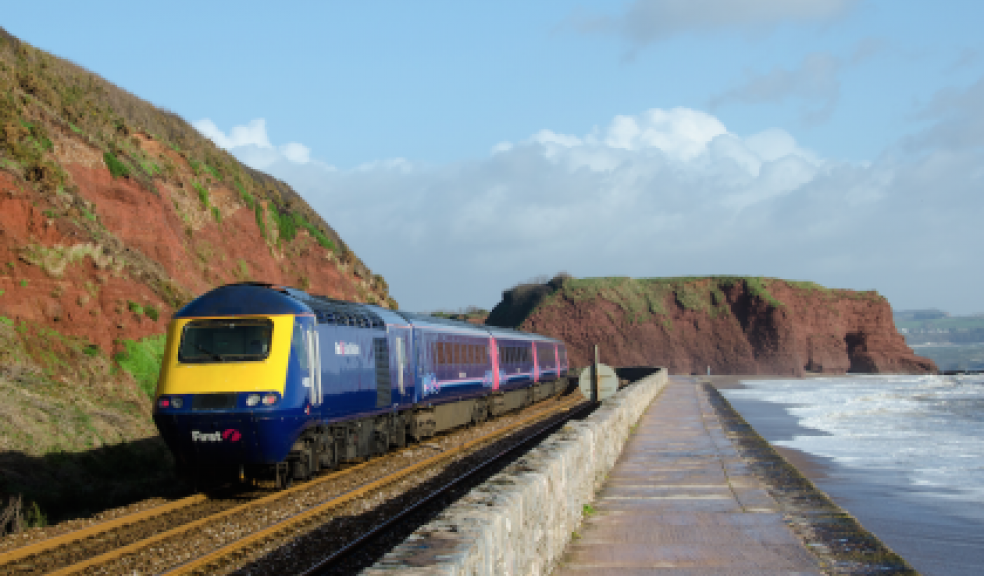
Rail line disruption will get worse in the future
Rail services to and from the South West of England could be disrupted for more than 10 per cent of each year by 2040 and almost a third by 2100, a new study suggests.
The cost of maintaining tracks and sea defences could also soar as predicted sea level rises, coupled with coastal storms and floods, pose major challenges for rail operators and governments.
The research, published in the Journal of Transport Geography, focusses on the impact of sea level rises on the Dawlish to Teignmouth stretch of the main London to Penzance route, which was closed for two months in early 2014 due to a series of coastal storms.
But academics say there could be similar implications for other vulnerable stretches of railway throughout Wales, South East England, the Cumbria coast and Scotland, as well as internationally in the United States, Australia, India and Thailand.
Jon Shaw, Professor of Transport Geography at Plymouth University, said: “Billions of pounds have been committed to the HS2 rail link, but our predictions suggest that just eight years after its completion, rail users in the South West will be facing a situation where their only service cannot function for 40 days each year.
"The closure of the line at Dawlish in 2014 was unprecedented, but it had significant knock-on effects for the whole South West in both economic and social terms. It was a demonstration of the threats posed to the region’s infrastructure, and this study is a further reminder of the potential impact future climate change could have.”
The study showed during the lifetime of the Great Western Railway, which was completed in 1846, there has been a 20cm rise is sea levels in the English Channel.
However, almost half of that occurred in the last 40 years, with a direct correlation between that and an increase in the number of recorded line disruptions.
Using that historical data, and predicted sea level rises outlined by the United Kingdom Climate Impact Programme (UKCIP), academics demonstrate that current disruption (a total of 9.6 days per year) could rise by more than 300 per cent (to 40 days per year) by 2040 and up to 1170 per cent (to 120 days per year) by 2100.
And while Network Rail currently spends around £800,000 a year maintaining sea defences between Dawlish and Teignmouth, calculations suggest this could rise to between £5.8million and £7.6million per year by 2040.
It could also trigger a sizeable increase in the amount of compensation paid to train operators and customers, with the research estimating the average annual delay charge to have been £270,000 per year between 1997 and 2009 but potentially rising to £1.1million by 2040.
Dr David Dawson, from the University of Leeds, is lead author on the study. He said: “Our rail history clearly shows the problem is worsening. Defence improvements may be able to improve the situation in the short to medium term but the long-term future of the line is what is really worrying. Coastal transport routes around the globe face similar problems from rising sea levels and we need to think carefully how we adapt to these problems so as not to create further issues for future generations. Studies such as this provide important evidence to start strategic planning.”

















